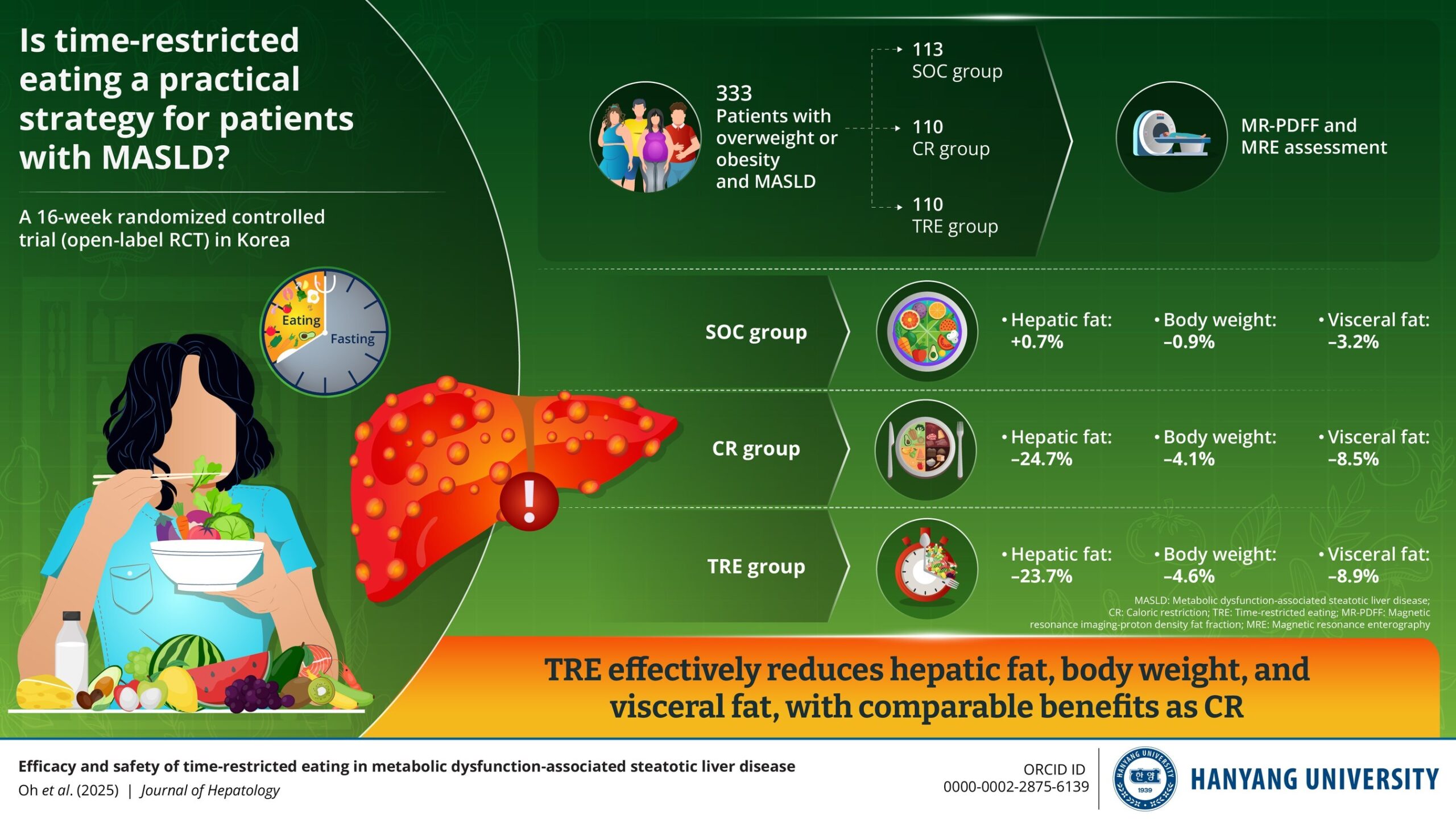The alarming trend of increasing stroke incidents among young adults has gained attention following the health scare of musician Donald Glover, who revealed he suffered a stroke last year. Glover, known for his work as Childish Gambino, addressed the audience at the Camp Flog Gnaw festival in Los Angeles, sharing that the stroke led him to cancel his tour.
According to Dr. Mima Akinsanya, a board-certified neurologist at MedStar Georgetown, the rise in strokes among people under 50 is concerning. “We’re seeing more individuals with vascular risk factors,” she stated, which include conditions such as hypertension, diabetes, and obesity. These disorders are increasingly prevalent even among those in their 20s and 30s.
Research conducted by the Centers for Disease Control and Prevention (CDC) highlights this issue. From 2011-2013 to 2020-2022, the prevalence of strokes among young adults aged 18 to 44 increased by 14.6%. Traditionally, strokes have been associated with older age groups, particularly those over 65, making this trend particularly alarming.
Glover’s experience with his stroke was marked by significant symptoms that affected his performance. He described feeling pain in his head and having difficulty seeing while on stage. After seeking medical attention, he learned he had indeed suffered a stroke. Dr. Akinsanya pointed out the typical signs of a stroke, which include weakness on one side of the body, facial droop, and speech difficulties. To help people recognize these symptoms, she recommended the acronym “FAST”:
F — Facial droop
A — Arm or leg weakness
S — Speech changes
T — Time to call emergency services
Dr. Akinsanya emphasized the urgency of addressing potential strokes, advising that delays can lead to permanent damage. “I hear patients who say, ‘Oh, I thought I could sleep it off,’” she noted. “You don’t have that luxury with stroke. Immediate evaluation is critical.”
The increasing incidence of strokes in younger populations raises concerns about long-term implications. Strokes can lead to significant disabilities, affecting one’s ability to work and maintain a quality life at a young age. “If you’re young and have a stroke that affects one side of your body, it can severely impact your functioning,” Dr. Akinsanya explained.
Preventative measures are essential to mitigate this growing health issue. Dr. Akinsanya recommends dietary changes to reduce the risk of cholesterol buildup and arterial plaque. She highlighted the benefits of the Mediterranean diet, which includes leafy greens, salmon, and legumes, as effective in maintaining healthy blood pressure.
Regular visits to a primary care physician are also crucial for monitoring cholesterol levels. Additionally, maintaining a consistent exercise routine, even just 30 minutes a day of moderate activity, can significantly lower stroke risk.
Substance use is another factor contributing to stroke risk. Dr. Akinsanya noted that smoking, vaping, and the use of stimulants like cocaine can increase vulnerability to vascular diseases leading to strokes. She advised that any stimulant use should be managed under medical supervision.
As the conversation around strokes in young adults continues to evolve, Glover’s health scare serves as a critical reminder of the importance of awareness and proactive health measures. Engaging in a healthy lifestyle, recognizing stroke symptoms, and seeking timely medical attention can make a substantial difference in outcomes for young individuals facing this serious health challenge.







